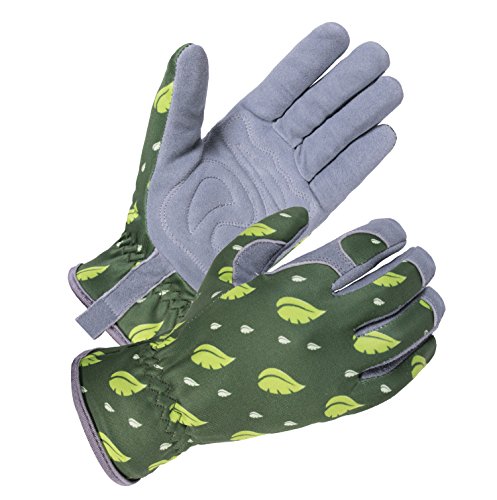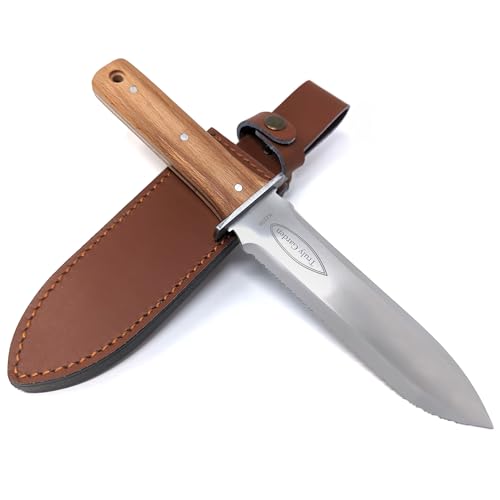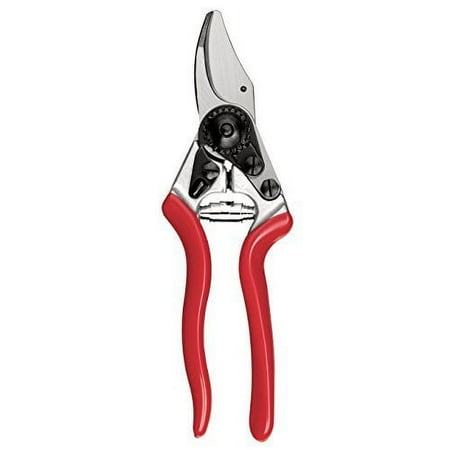5 trailing flowers to fill your retaining walls, garden fences, and hanging baskets with joyful color
Easily cover walls, fences and planters with these vibrant trailing species

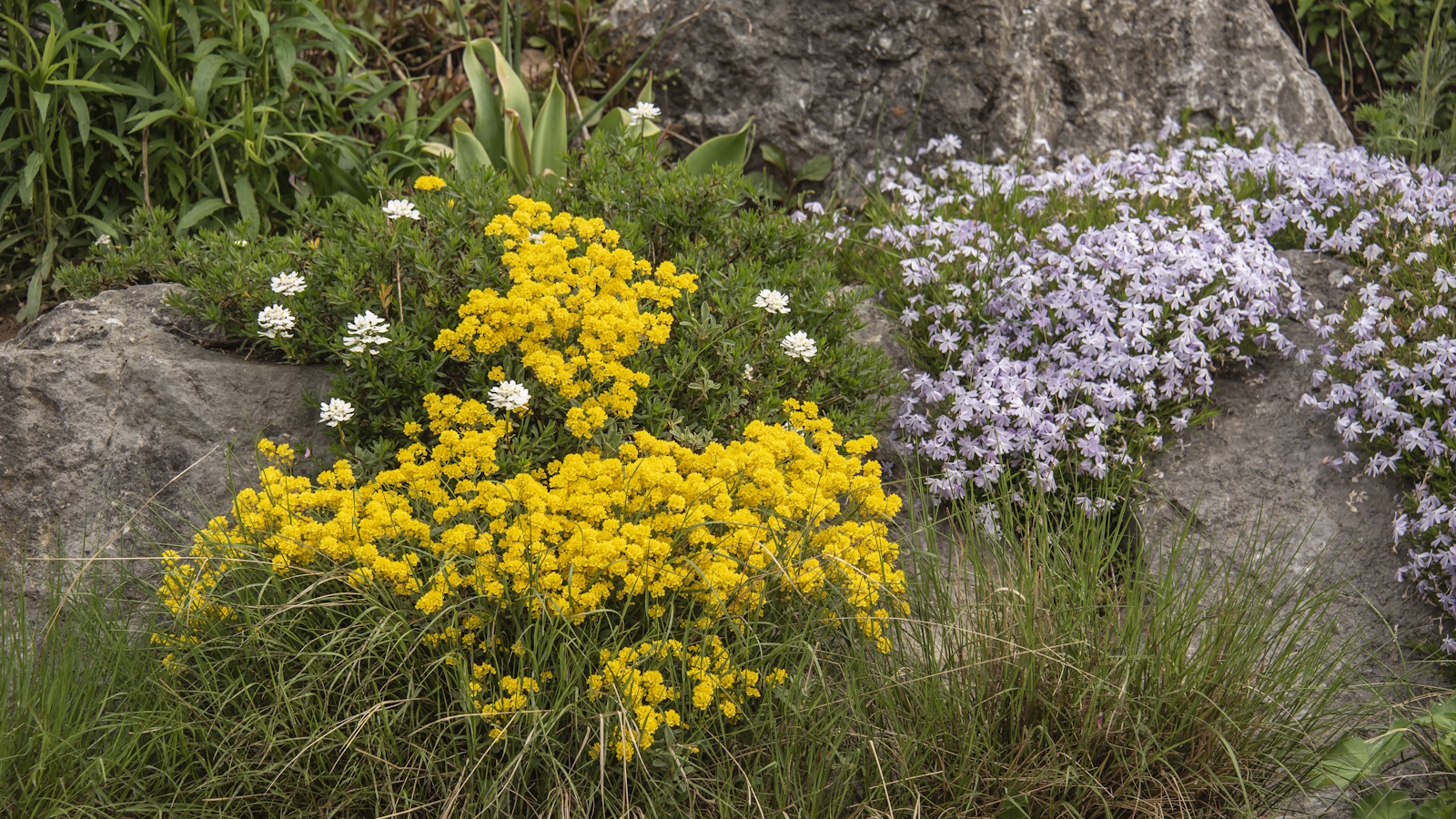
Cascading plants are brilliant for awkward or overlooked spaces. Whether you’re planting a raised bed, a sloping bank, a low wall or a few hanging baskets, these trailing species make the most of every inch, softening hard edges and adding impact.
When I worked as a horticulturalist at the Garden Museum in London, our front retaining wall was filled with cascading plants that tucked themselves into cracks and crevices. Evergreen spurge and yellow flowering corydalis inadvertently stole the show, spilling over the old stone wall in soft cascades of foliage and flowers.
Here, I’ve chosen five of the best cascading plants that thrive in tricky spots. Tough, beautiful and low-maintenance, these are some of the best trailing plants that are ideal for gardeners who want to transform difficult spots in the yard this year.
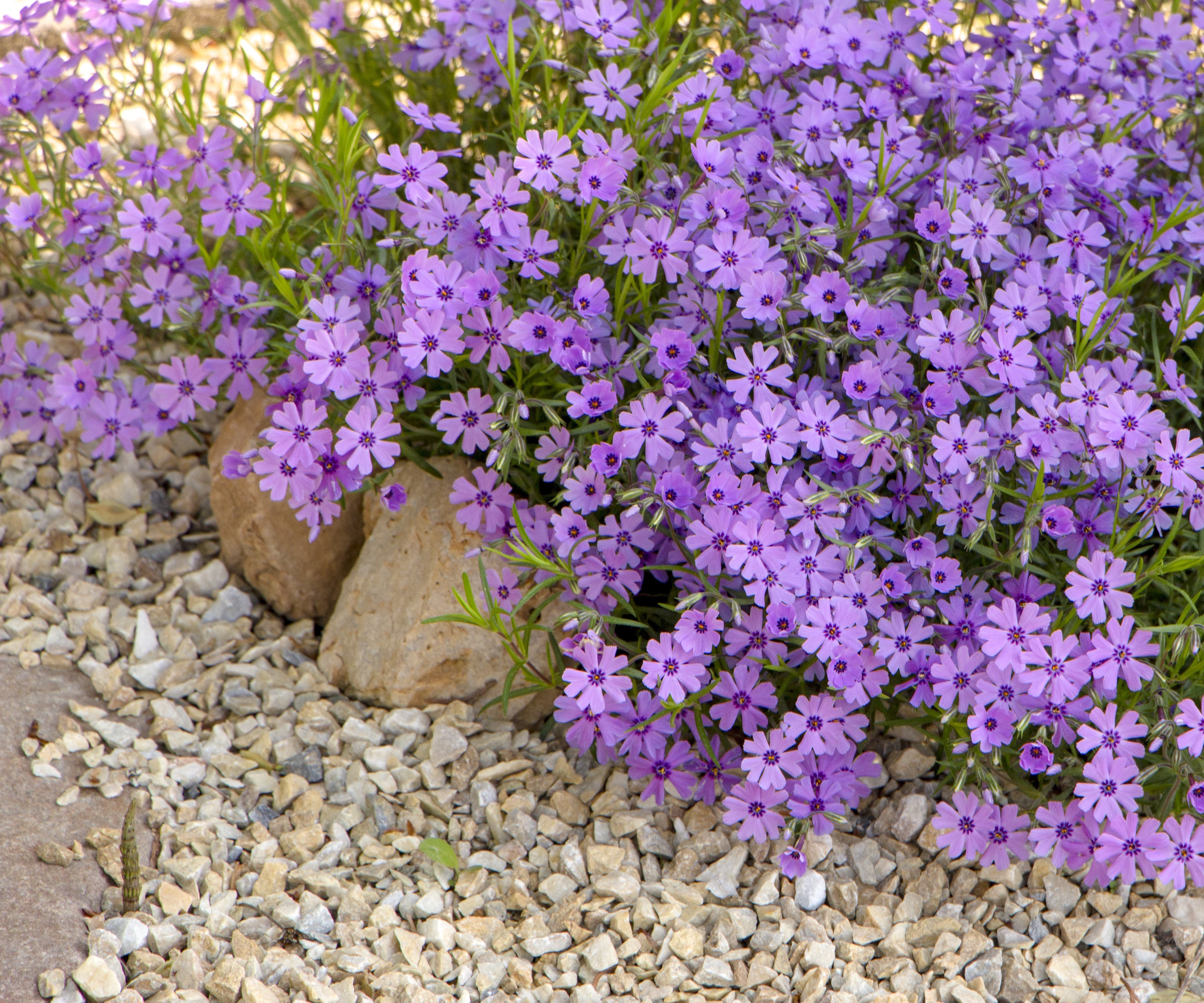
5 of the best cascading plants
When it comes to planting into walls, container gardens or hanging baskets, smaller is often better. Choosing plug plants or growing from seed gives roots the best chance to establish in tight spots. I’ve found that even tiny plugs can quickly scramble over retaining walls or pots once the weather warms starts in spring and summer.
1. Corydalis
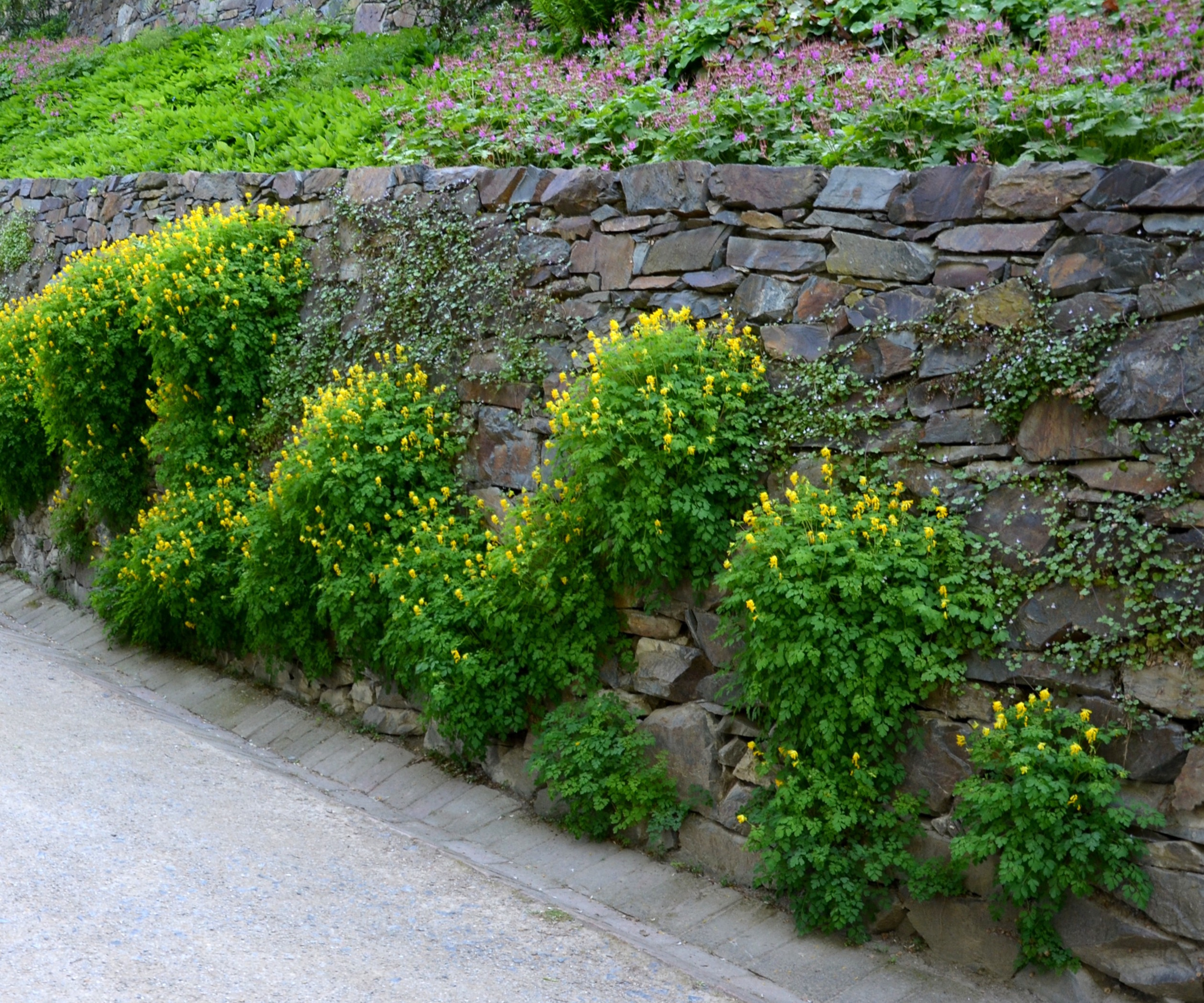
The yellow flowering Corydalis lutea is one of my favourite tough, tumbling perennial plants. I first grew it while working at the Garden Museum in London, where it needed no watering, barely any attention and flowered for months.
It can grow in soil or even in the tiniest cracks, spilling down surfaces in a cascade of delicate foliage and golden flowers.
Hardy down to zone 5, corydalis can cope with shade or sun, with a preference for well-draining or even poor soils.
Design expertise in your inbox – from inspiring decorating ideas and beautiful celebrity homes to practical gardening advice and shopping round-ups.
Once established, they’re surprisingly drought-tolerant and self-seed readily, though never in a troublesome way. I often let these self-seeding flowers pop up where they please, softening harsh edges and filling gaps between paving or in walls.
For an unusual option, try this 'Porcelain blue' corydalis, with live plants available from Burpee. These cascading blue flowers are sure to add something different to your retaining walls.
2. Creeping phlox
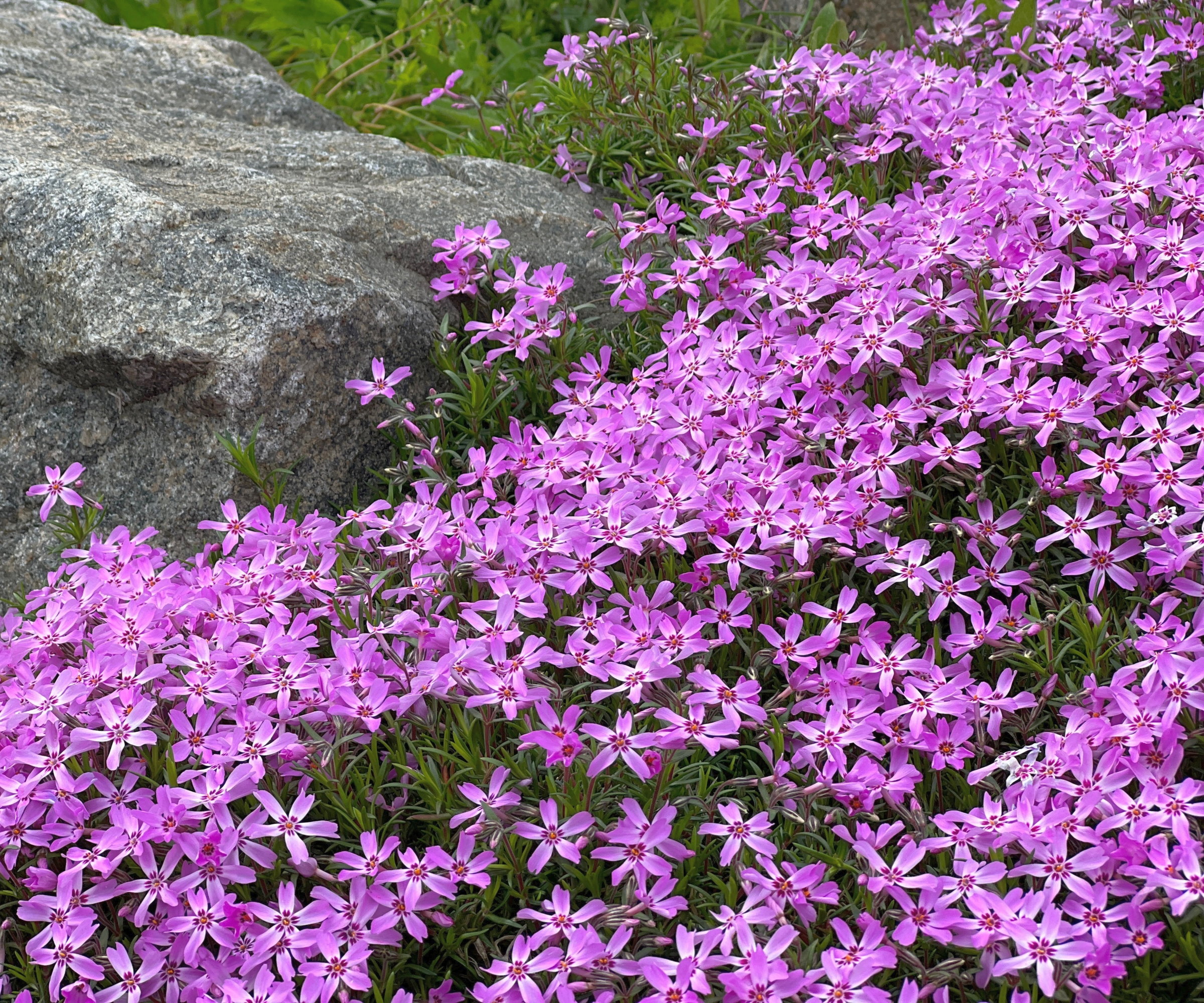
Creeping phlox, or Phlox stolonifera, is another standout when it comes to tumbling plants.
'Creeping phlox is native to the Appalachian Mountains, where it flowers in white, pinks, and purples,' says Bert Bast, garden expert and owner of Bast Brothers Garden Center.
'It has a preference for well-draining soil, and is hardy from zone 5 to zone 8, requiring only two hours or more of direct sunlight,' Bert adds.
'I love these native ground cover plants because they can spread in-between rocky areas and tumble over walls. It will also be one of the first blooms in the garden and will last for about three weeks, but it will stay green for most of the year.'
Creeping phlox live plants are available to order online via Burpee.

Bert Bast is a garden expert and owner of Bast Brothers Garden Centre. Established in 2014 and nestled in the heart of Mullica Hill, NJ, Bast Brothers Garden Center is a destination for all things garden.
3. Sedum
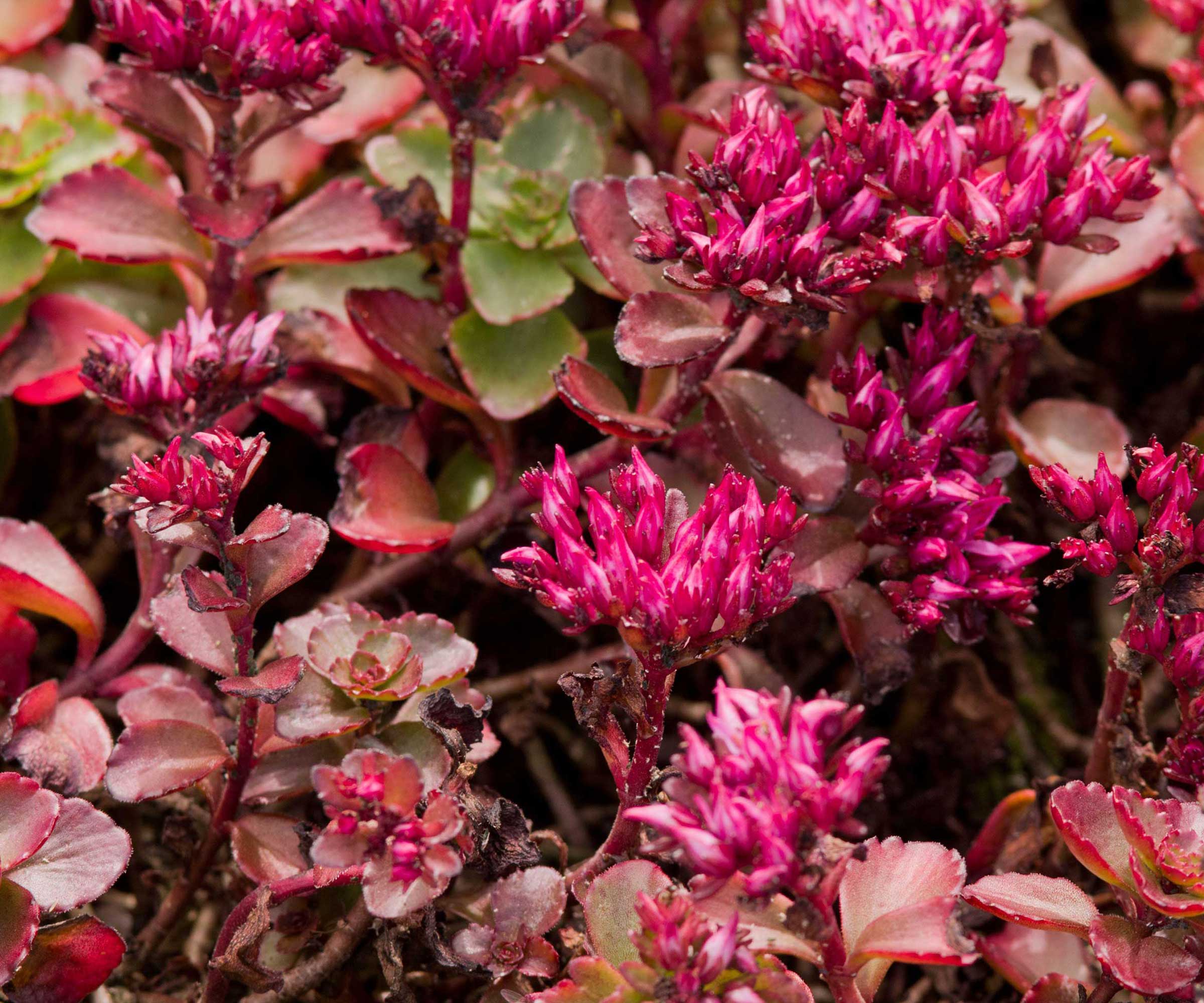
Sedum, also known as stonecrops, are some of the best succulents and rock garden plants that will tumble and trail over garden walls.
Most sedums are pretty cold-hardy and can be grown from US hardiness zones 3 to 9, although this will vary from species to species.
Take the cascade stonecrop, Sedum divergens, for example, which is a perennial creeping sedum species that can be planted down to zone 4, ideally in a sunny spot in well-draining soil.
For an unusual, variegated option, try this 'Atlantis' sedum, with live plants available from Burpee, which can be grown in rockeries or atop retaining walls.
4. Spurge
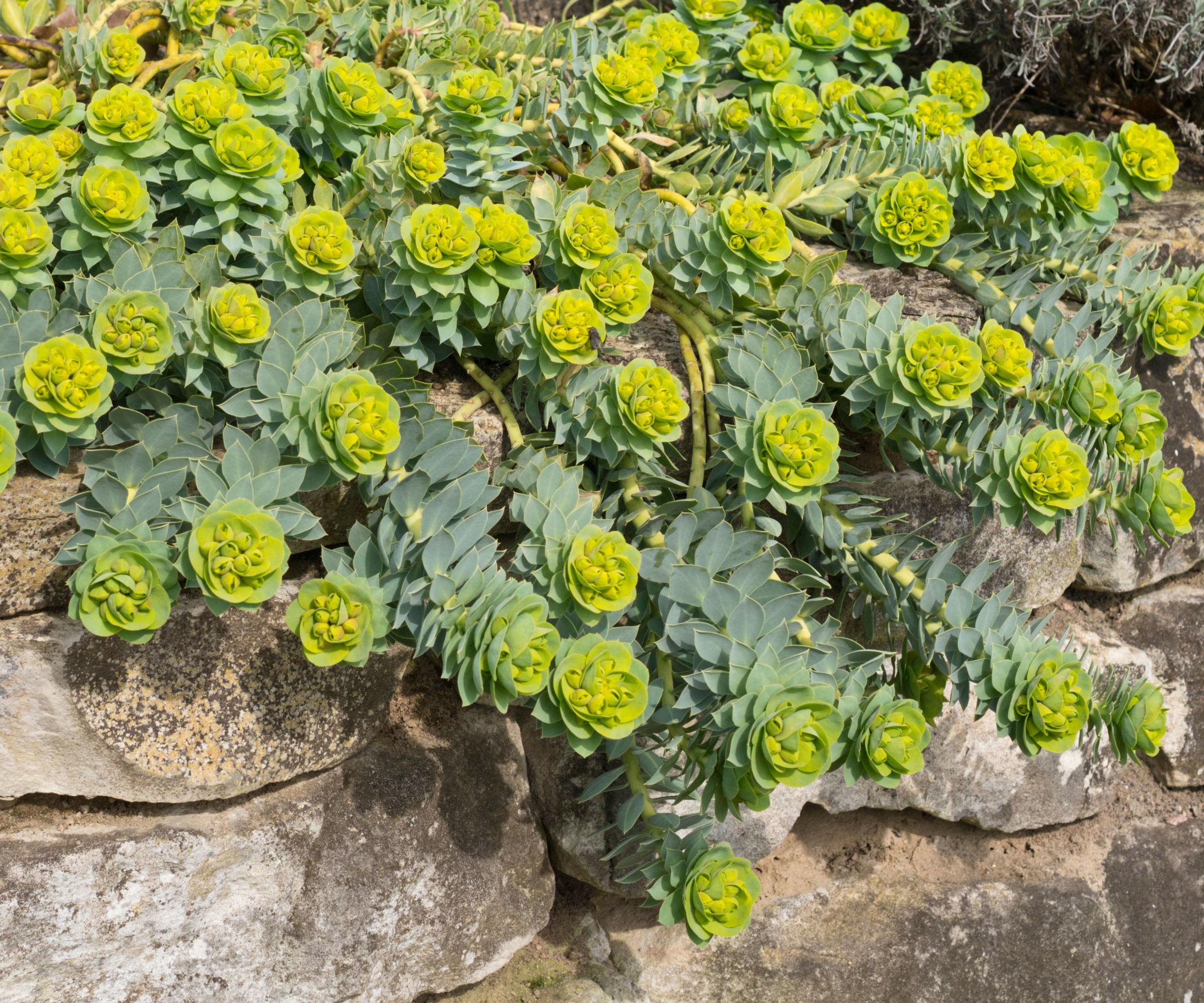
Spurge, or Euphorbia, might not be your first thought for a cascading wall plant, but trust me, it should be.
Take Euphorbia myrsinites, also known as the myrtle spurge, which can happily grow in poor, rocky soil and tumble over walls.
The myrtle spurge, like most spurges, can be grown from zone 5 plus, ideally in a sunny spot with space to roam. In my experience, they are tough, evergreen ground cover plants that are happy to spread and trail without much need for fuss.
Just be aware that most spurge plants are poisonous perennials, and the sap is a skin irritant, so wear long gloves when planting or pruning.
Live spurge plants are available from Amazon.
5. Creeping thyme

I have grown creeping thyme on many different occasions, but nowhere does it look better than when it is growing through paving slabs or hanging over a wall.
'This aromatic herb is another of my favorites in terms of ground cover,' says Bert. 'As you might have already guessed from the name, it tends to creep and cover the ground very easily, but I don't find it any problem to control.
'Creeping thyme forms dense mats which release a beautiful scent when brushed, something I find impossible not to do when I am near. And, in summer, it’s smothered in tiny pink or purple flowers that bees can’t resist.'
It grows best in full sun and dry, well-drained soil down to zone 4, and is ideal for sheltered walls or south-facing container gardens.
Creeping thyme live plants are available via Amazon.
FAQs
What is a good evergreen cascading plant?
Periwinkle, or Vinca minor, has a creeping habit that is well suited to growing over retaining walls or for those seeking sloping garden ideas. This low-maintenance evergreen can be planted down to zone 4, and grows well in areas of dry shade under shrubs or trees. Be warned, however, that this plant is considered an invasive species in some areas of the United States, with a vigorous habit that can displace native plants. Always check with your local government office before planting in your yard.
As with any new plants, deep watering will help them settle into your yard. This can be difficult in cracks, crevices or atop retaining walls, but slow, intermittent watering, either with a small can or spray bottle, can help.
For more plant inspiration, see our guide to the best flowering ground cover plants, and fill difficult areas of your yard with brilliant blooms this year.
Shop garden accessories

Thomas is a Content Editor within the Gardens Team at Homes and Gardens. He has worked as a professional gardener for both public spaces and private estates, specializing in productive gardening, growing food and flowers. Trained in Horticulture at the Garden Museum, he has written on gardening and garden history for various publications, including The English Garden, Gardens Illustrated, Hortus, The London Gardener and Bloom. He has co-authored a Lonely Planet travel book, The Tree Atlas, due out in 2024.
